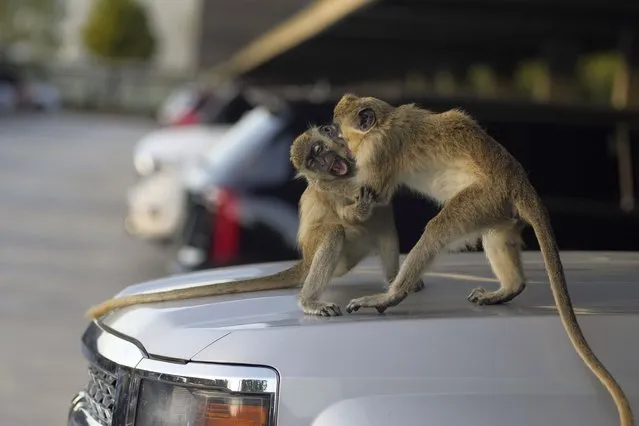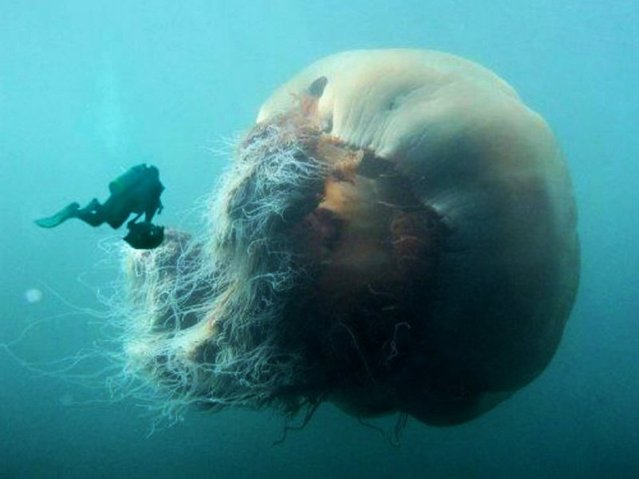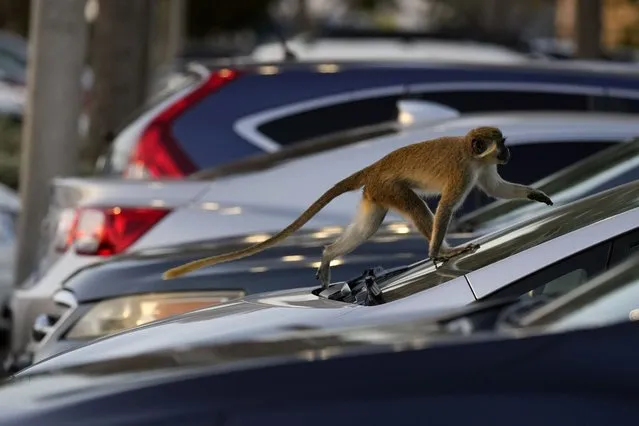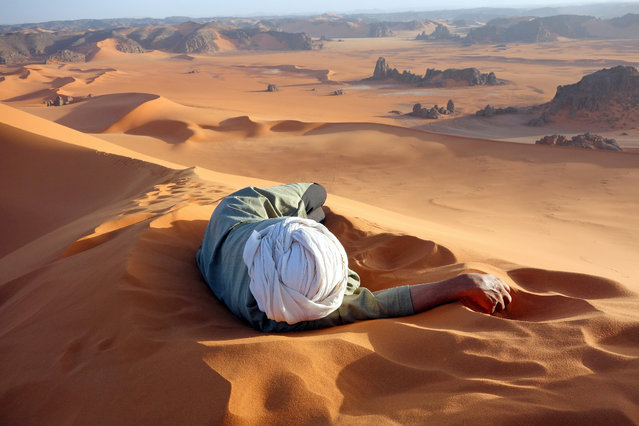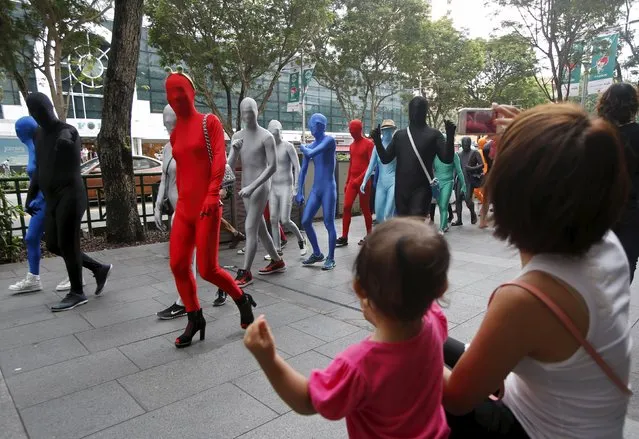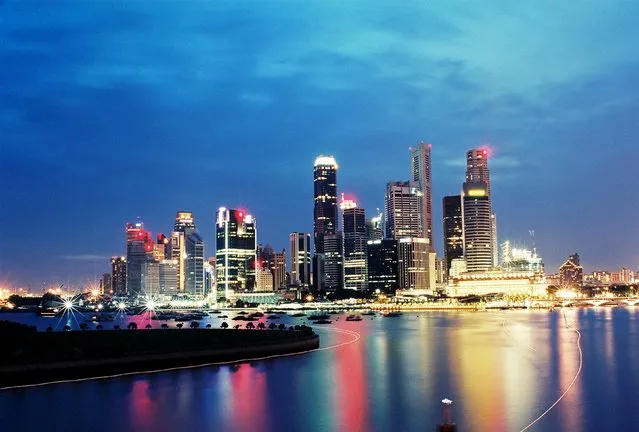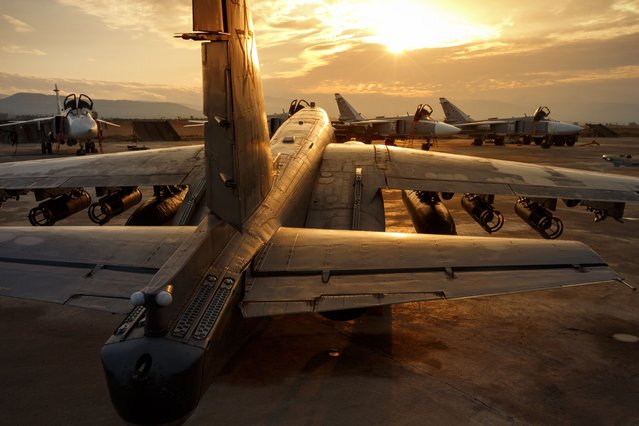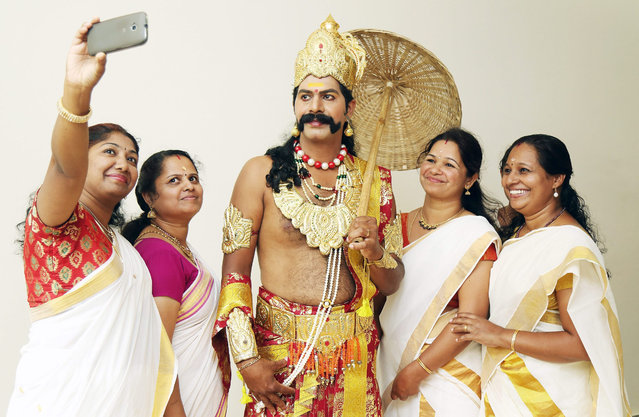
Indian women wearing traditional attire take a “selfie” with an Indian man dressed as King 'Mahabali' during the Hindu harvesting festival Onam celebrations in Bangalore, India, 28 August 2015. Local people put flower mats in front of their houses, to welcome the King Mahabali, a past ruler of Kerala southern India, during the ten-day festival. (Photo by Jagadeesh N. V./EPA)
02 Oct 2015 08:05:00,post received
0 comments

